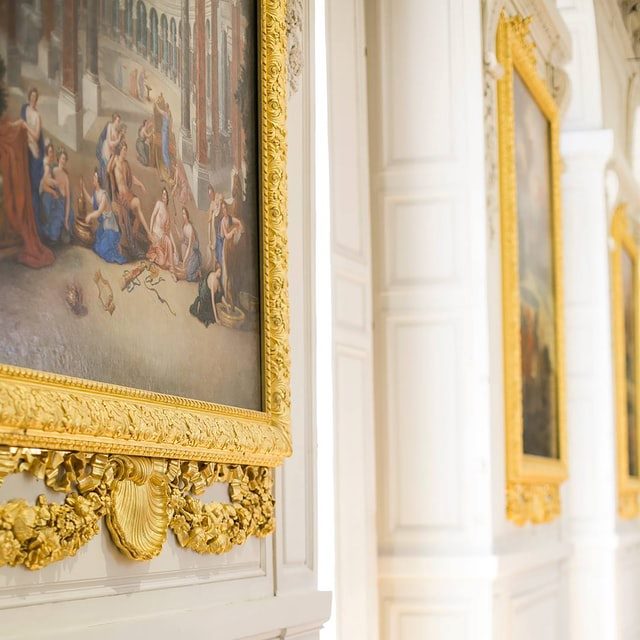Everyone can appreciate some form of artwork, be it a traditional sculpture like the Trevi Fountain in Rome or a painting of Mona Lisa by Leonardo da Vinci, with her eyes always following you.
Two of the most prominent artistic styles are fine art and decorative art. Both aim to captivate the masses with colors, delicate designs, and bold interpretations of traditional designs. But both are entirely different. Keep on reading to see how the two differ, and how they've adapted over time.
Fine Art
One point sets fine art and decorative art apart - their intended uses. Fine art is visual art that's created solely for aesthetic purposes and judged on its innate beauty. That might be a painting, watercolor, modern graphics, or even architecture. Fine art has been around for thousands of years - but Charles Batteux defined fine art in 1746. Some artists will even go as far as to say that fine art is anything that's creative, as long as it meets the criterion of being created for a solely aesthetic purpose.
Fine art became extremely popular in the 19th century - although early examples of fine art go back to the early B.C. But it wasn't until the Renaissance era that artists gained a higher social status in society through the likes of Michelangelo and Leonardo Da Vinci. Since then, fine art and the artists creating it are considered to be some of the most creative and talented people in the world.
Decorative Art
Decorative art differs from fine art because it has a practical purpose - but many of the techniques and ideas behind fine art transcend into decorative art. Think of decorative art as fine art with a practical use on top of it. Decorative art is typically tied to interior design and interior objects. Religion is often the best example of decorative art. Sabbath candlesticks, Christian crosses, and Hindu Altar plates are examples of decorative religious items that incorporate art with a practical design and use.
Even though they're not prized purely on their aesthetics, decorative art utilizes colors, mechanics, and materials to produce charming artwork.
The Best Fine And Decorative Artists
Historically speaking, the best fine artists are the likes of Michelangelo and Leonardo Da Vinci. They arguably brought attention to the world of fine art by creating some of the most historically significant artwork that's still preserved today. Modern-day fine artists include Takashi Murakami, Ai Weiwei, and Jeff Koons. Explore those artists online, and you'll see how fine art has steered away from tradition, somewhat, yet is still captivating.
Decorative artists are harder to define and find because they utilize techniques from different artistic genres - fine and decorative art included. Examples of artists to explore include; George Condo, Avi Nadav, Ellen Schön, and Tony Marsh.
Fine art and decorative art aren't dramatically different from each other - decorative art takes fine art one step further by giving it practical use and making it more than simply something to look at. Neither technique nor style is superior to the other. Both are a form of expression and creativity and produce stunning artwork.
